For alignment of the walls and the construction of interior partitions, framework structures with a cover from GCL are often used. We tell how to bind these surfaces with artificial stone so that the finish was beautiful and durable.
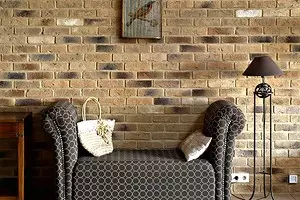
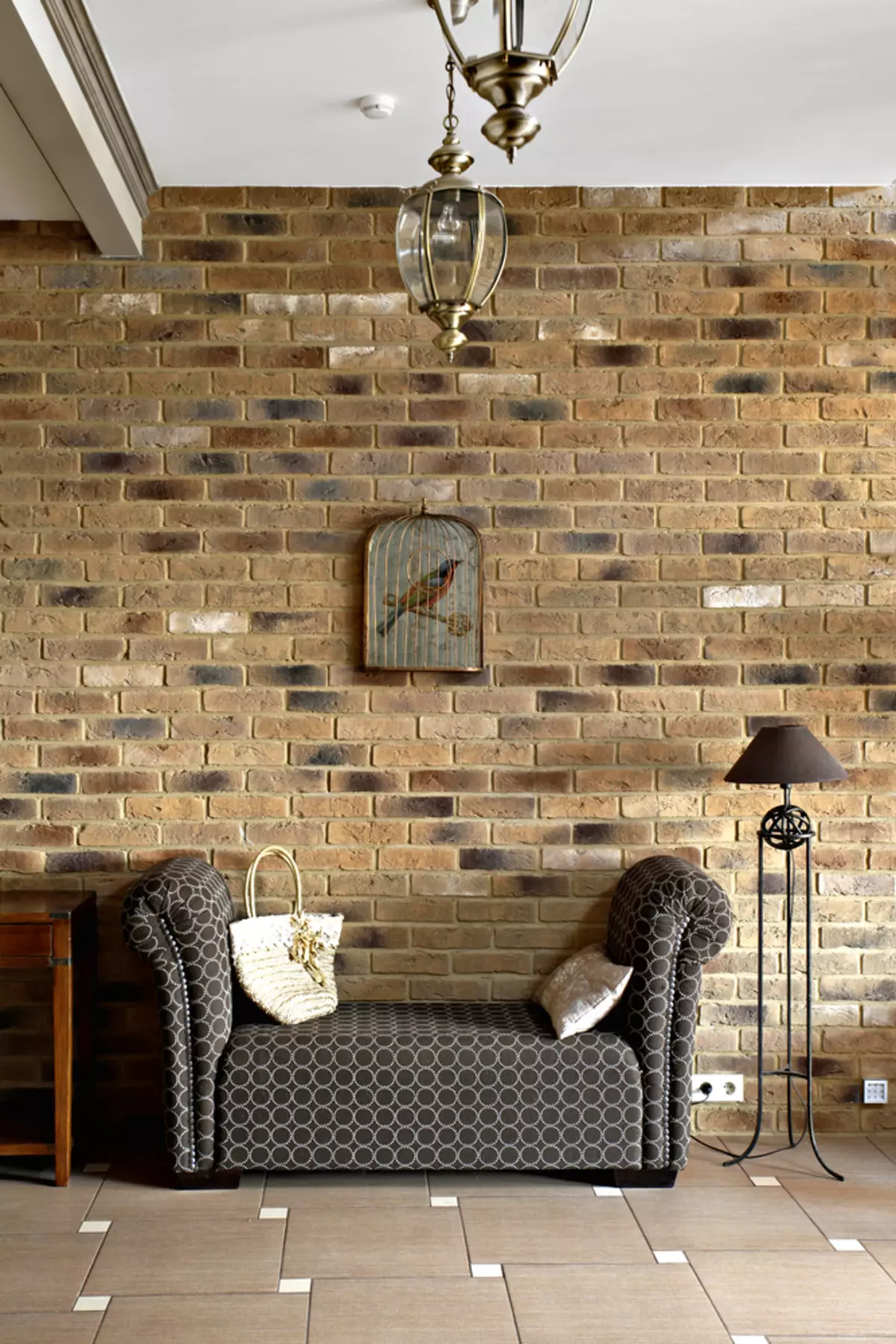
Photo: White Hills
In apartments and houses, the conditions for the design of walls with decorative stone are optimal. Therefore, the masters are guided by the general principles of laying, but taking into account the material of the foundation. Here they often have to deal with frame walls and partitions, trimmed by plasterboard. What should pay attention to when choosing, prepare the foundation and installation of stone in this case?
First of all, it is worthwhile to ask the mass of the "stone" elements. A heavy weight category includes cladding weighing from 52 kg / m² or more, to the middle - from 20 to 52 kg / m², to light - up to 20 kg / m². The latter are often used to design interiors. As a rule, it is a collection of decorative bricks and small format stone. Standard partitions and walls with a pitch of metal guides - 60 cm and wrapped with moisture-resistant GLC (GCCV) withstand the weight of such a stone along with the weight of consumables. Medium waste of glue and grouts by 1 m² about 3-5 kg.
Under the heavy "stone" cladding, the metal frame racks are set more often (after 30 cm) so that the design is more rigid and durable. They are not chosen by one, but two layers of G Clac. Further operate according to the standard scheme.
Installation of decorative artificial stone should be entrusted with professional stackers who specialize in laying this type of material.
For decoration of small rooms, the collection of thin-walled stone (8-19 mm) from lightweight concrete, facing bricks (15-25 mm), and not large-format elements (40-60 mm) are suitable.
As a base for decorative stone, only moisture-resistant plasterboard is used. And even its surface is necessarily applied soil for absorbing bases or universal before starting facing works. Otherwise, the moisture will be faster than necessary, leaving the adhesive layer (especially thin). It will not have time to gain the necessary strength, which will subsequently cause the detachment of the elements. The base is ready for installation should be smooth, clean, dry.
Preparation of drywall to facing stone



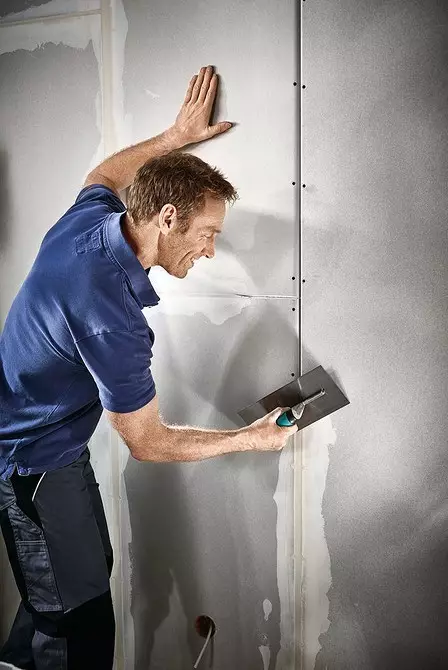
Preliminary preparation of walls and plasterboard partitions to the installation of decorative stone is to strengthen sheets of sheets. They are filled with putty. Photo: Wolfcraft.
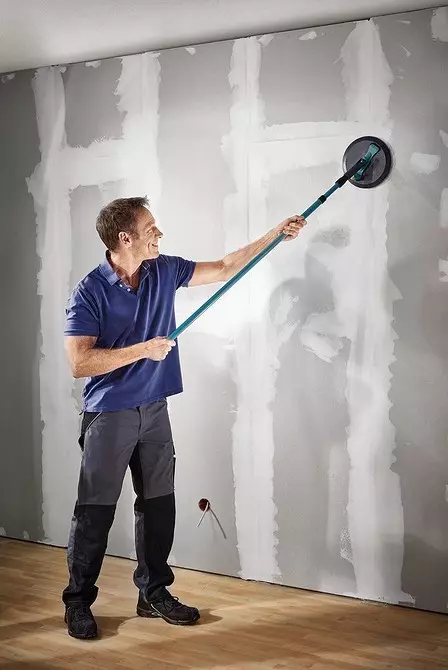
Put the perforated tape and put off again. After drying, these areas are grinding. Photo: Wolfcraft.
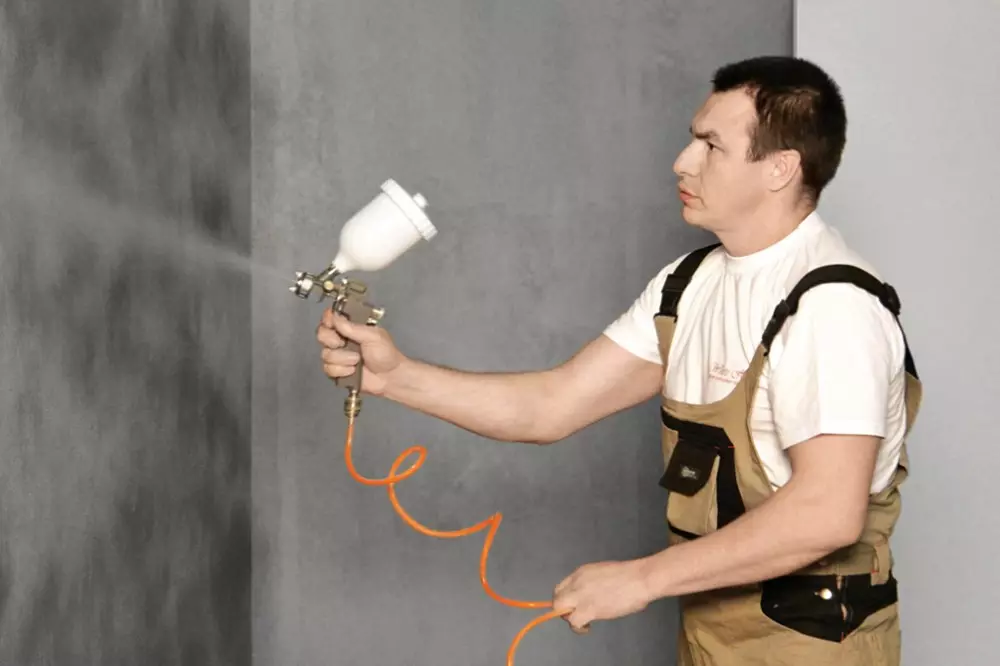
Dust dust and apply soil. Photo: White Hills
It is important to remember that the warranty of the stone manufacturer extends to work performed in accordance with the instructions issued and when using branded (or recommended) consumables. To fix the elements, it is necessary to use the adhesive precisely for products from concrete. Tile only are suitable for ceramics, which otherwise absorbs moisture and behaves in a different way when changes in temperature. Particular composition and at the waist for artificial stone. They are able to "hold" seams with a width of up to 5 cm without shrinking. Therefore, the right choice of soils, adhesive and grout compositions is of great importance for the quality and service life of facing from an artificial stone.
The opinion of the specialist before installing the decorative artificial stone from the light concrete on the walls and partitions from GLCs, it is desirable to strengthen their surface with a reinforcing liner-resistant fiberboard (for example, SAU-320 White Hills) and an adhesive "broach". The glue is distributed over the wall with a toothed spatula. After that, the grid is pressed into it and roll up with a smooth spatula, following the grid to be inside the adhesive layer (no more than 6 mm thick). Exactly, they prepare any sheet bases, such as aquapaneurs. Unfortunately, many masters neglect this procedure, although such a surface preparation helps to protect the cladding from the appearance of cracks during operation. In addition, it is better to choose a light facing stone with a mass of up to 20 kg / m² for frame designs from drywall. With proper preparation of the foundation, this material will last long years.
Vitaly Pavlyuchenko
Head of Technical Laboratory WHITE HILLS
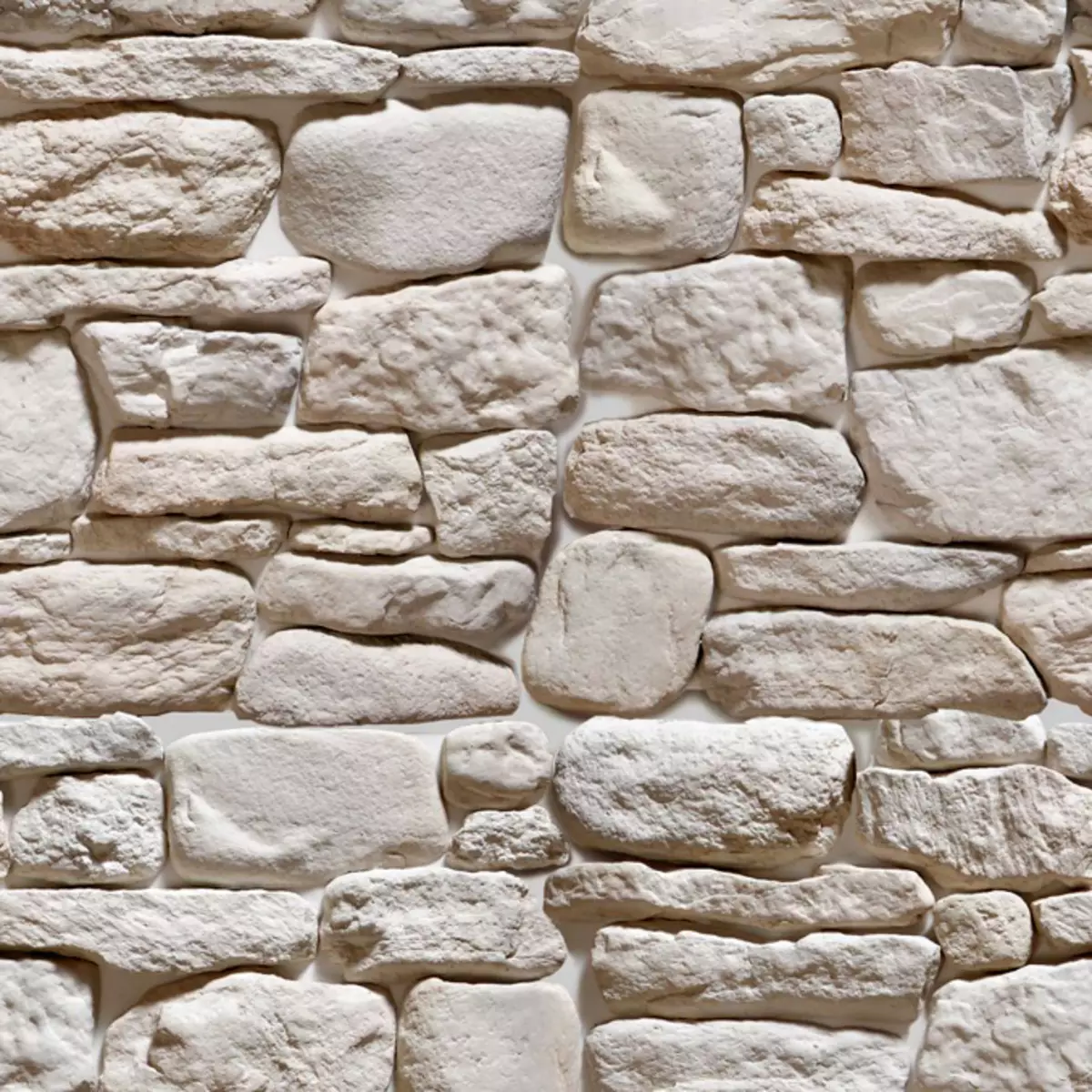
Photo: "Camelot"
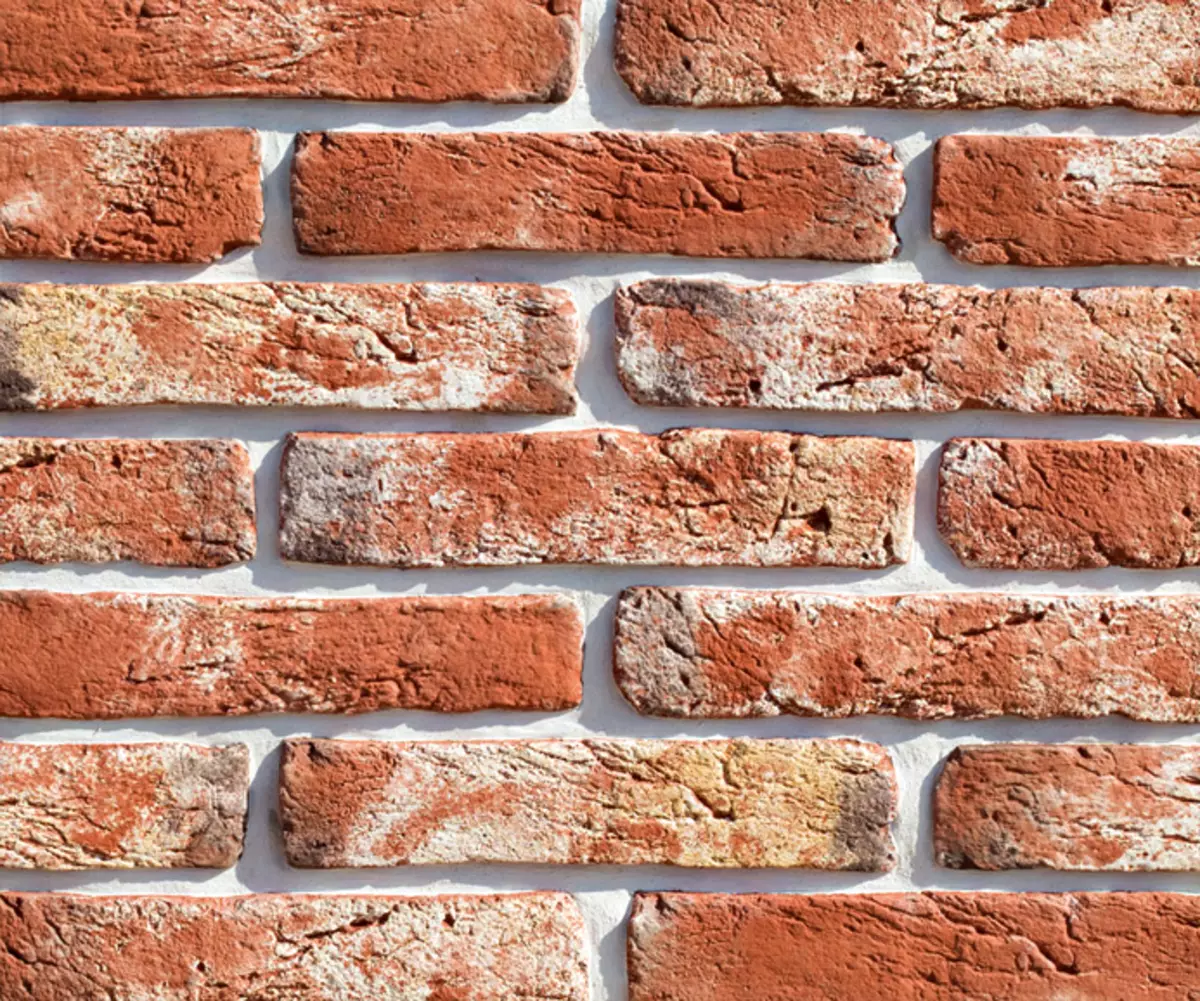
Photo: "Perfect stone"
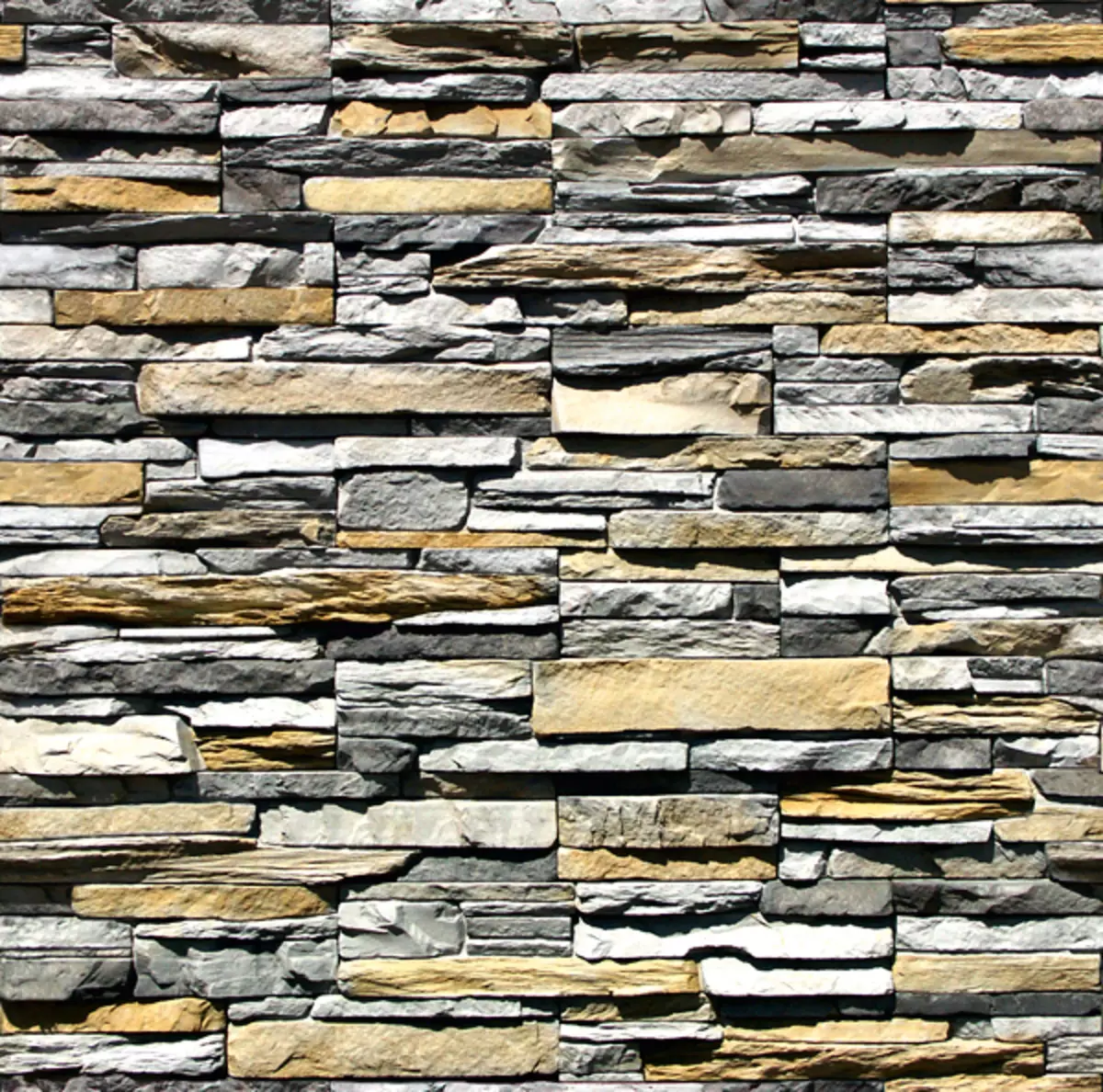
Photo: White Hills
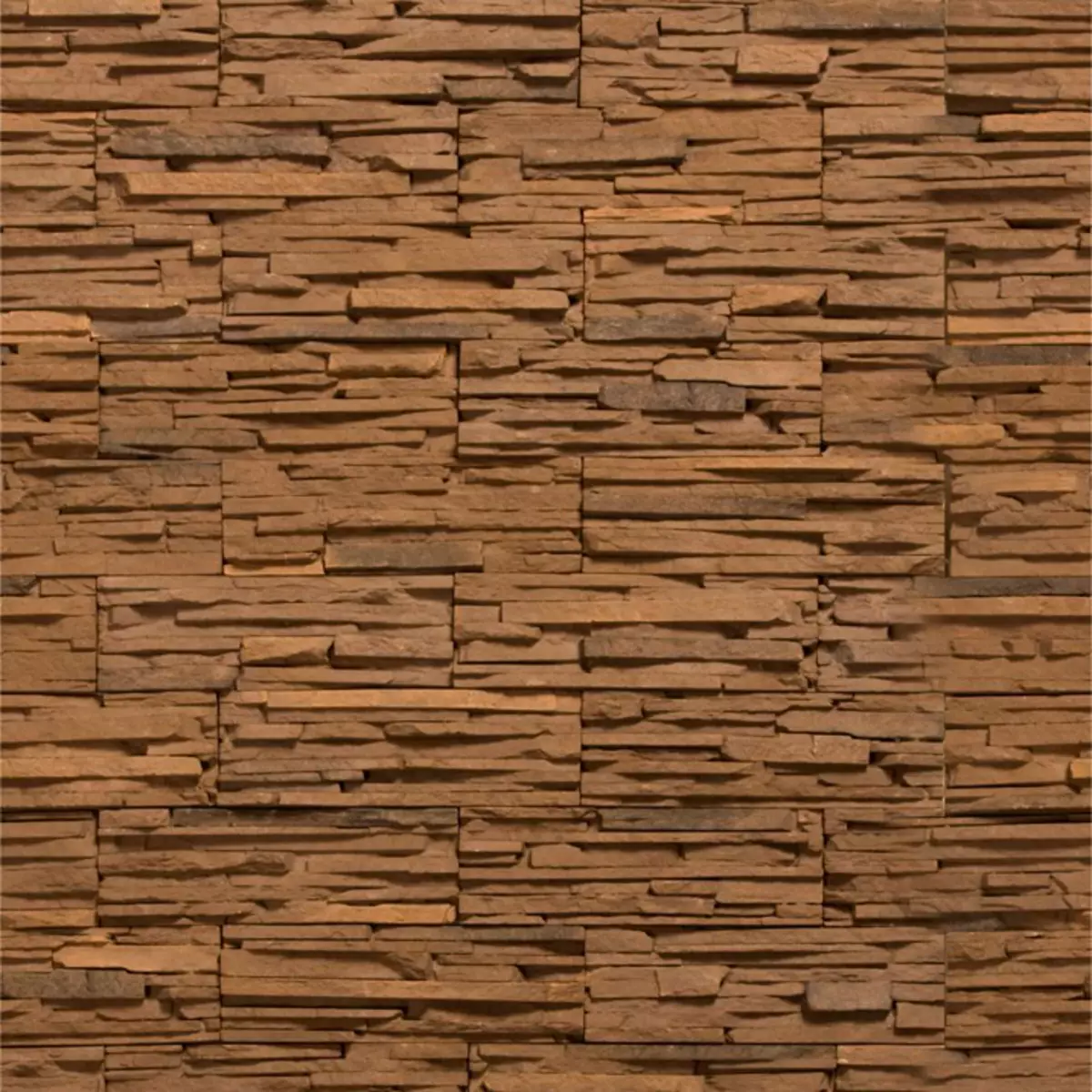
Photo: "Camelot"
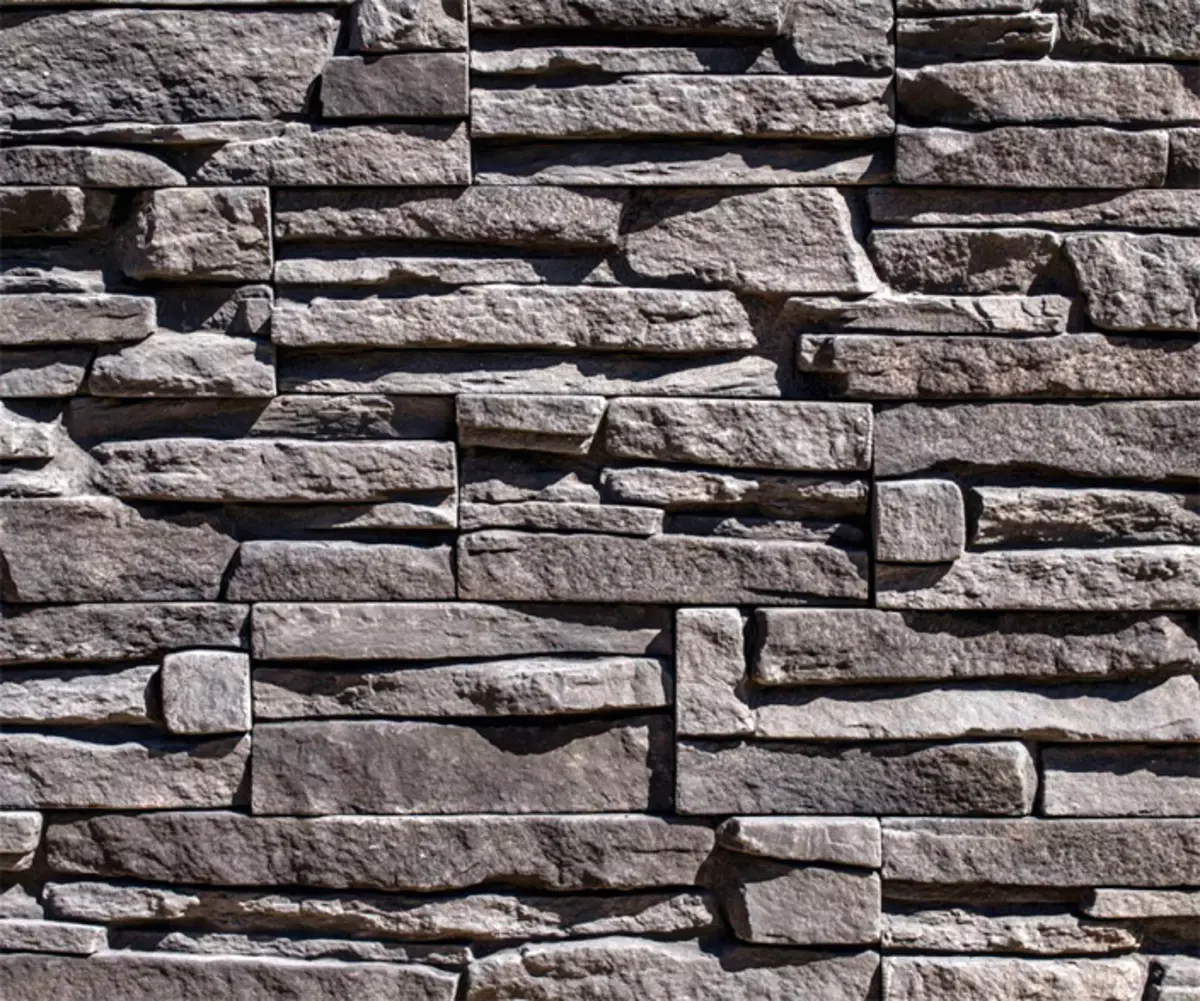
Photo: "Perfect stone"


